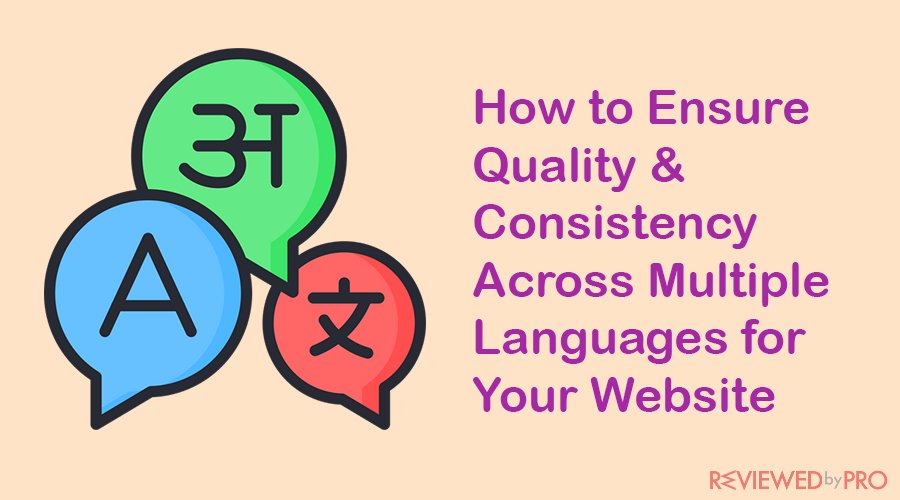
As businesses expand their reach to cater to a global audience, website localization becomes a necessity. However, ensuring quality and consistency across multiple languages can be a daunting task, especially for businesses that are new to website localization. In this article, we'll delve into some of the best practices to ensure quality and consistency across multiple languages for your website.
Website Localization Services
Website localization services have become increasingly essential for businesses looking to expand their reach and connect with a global audience. Localization is the process of adapting a product or service to meet the linguistic, cultural, and regulatory requirements of a specific country or region. In the context of websites, localization involves translating and adapting the website's content to meet the needs of different cultures and languages. Professional website localization services can help businesses communicate their brand's messaging effectively, connect with their target audience, and drive conversions. Localization services include translation of website content, adaptation of images and graphics, and optimization of website layout and design to meet the cultural expectations of the target audience.
Work with Professional Translators
While using machine translation tools may seem like a cost-effective solution, it is essential to hire professional translators to ensure quality and consistency across multiple languages. Professional translators understand the nuances of language and can ensure that the translated content is accurate and contextually appropriate.
Develop a Glossary
Developing a glossary of key terms and phrases in each language can help maintain consistency across your website. A glossary can also help the translators to understand your brand's voice and tone, ensuring that the translated content aligns with your brand's messaging.
Use Translation Memory Tools
Translation memory tools are essential for maintaining consistency across your website. These tools store previously translated content, which can be reused in future translations, ensuring consistency across different languages. Using translation memory tools also reduces translation costs and speeds up the translation process.
Conduct Quality Assurance Checks
It is essential to conduct quality assurance checks to ensure that the translated content is error-free and contextually appropriate. Conducting quality assurance checks can help catch any errors and inconsistencies before the content goes live on your website.
Incorporate Local Cultural Nuances
Incorporating local cultural nuances can help your website resonate with your target audience. Understanding cultural differences can help businesses avoid misinterpretations and ensure that the website content is culturally sensitive and relevant.
In conclusion, website localization is essential for businesses looking to cater to a global audience. By working with professional translators, developing a glossary, using translation memory tools, conducting quality assurance checks, and incorporating local cultural nuances, businesses can ensure quality and consistency across multiple languages on their website. By doing so, they can effectively communicate their brand's messaging and connect with their target audience, regardless of their language and location.




